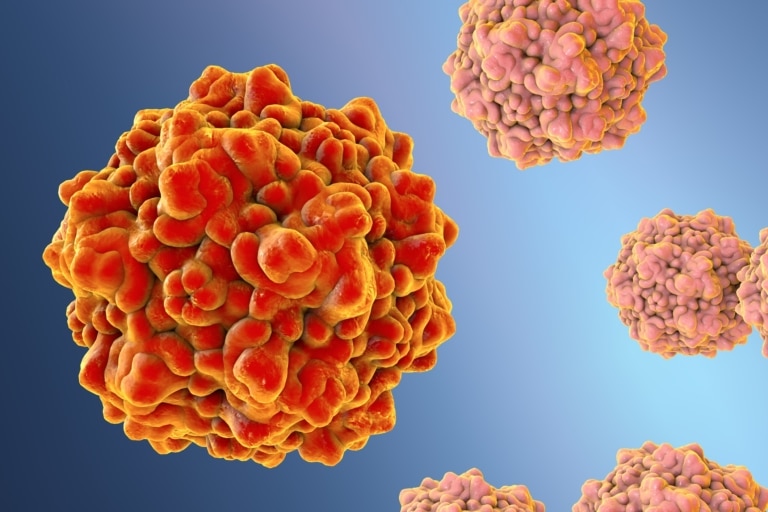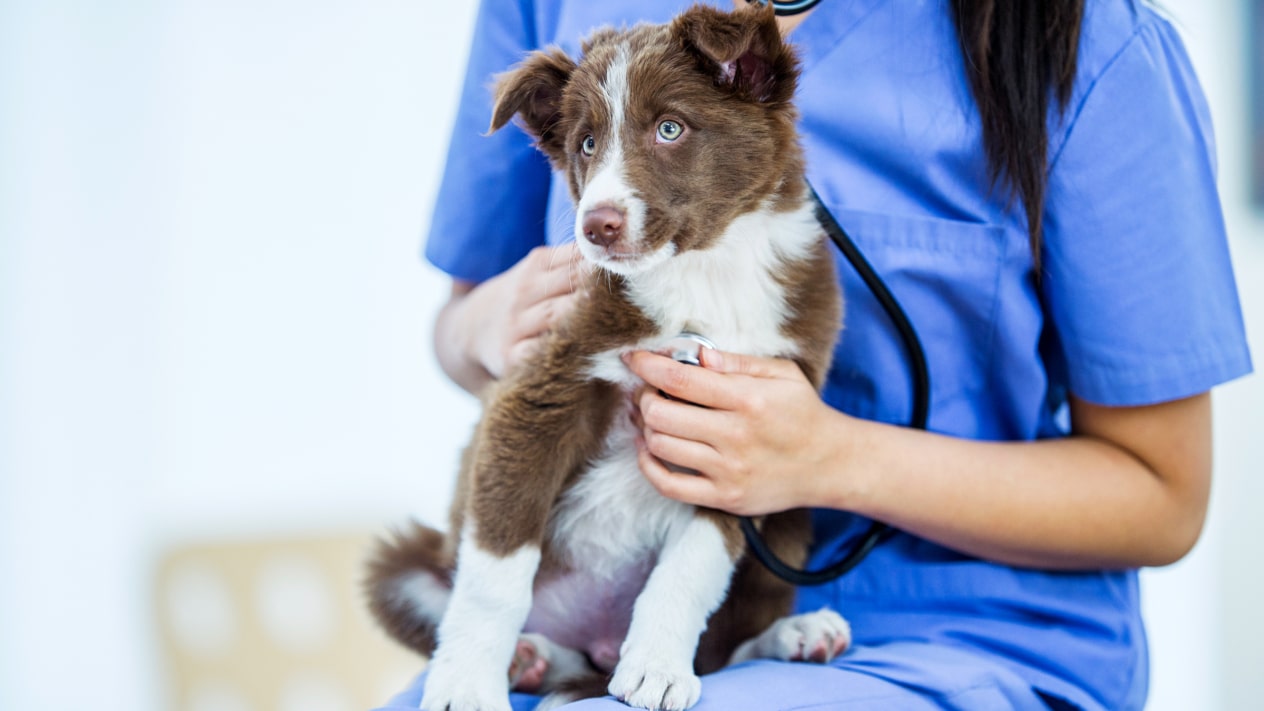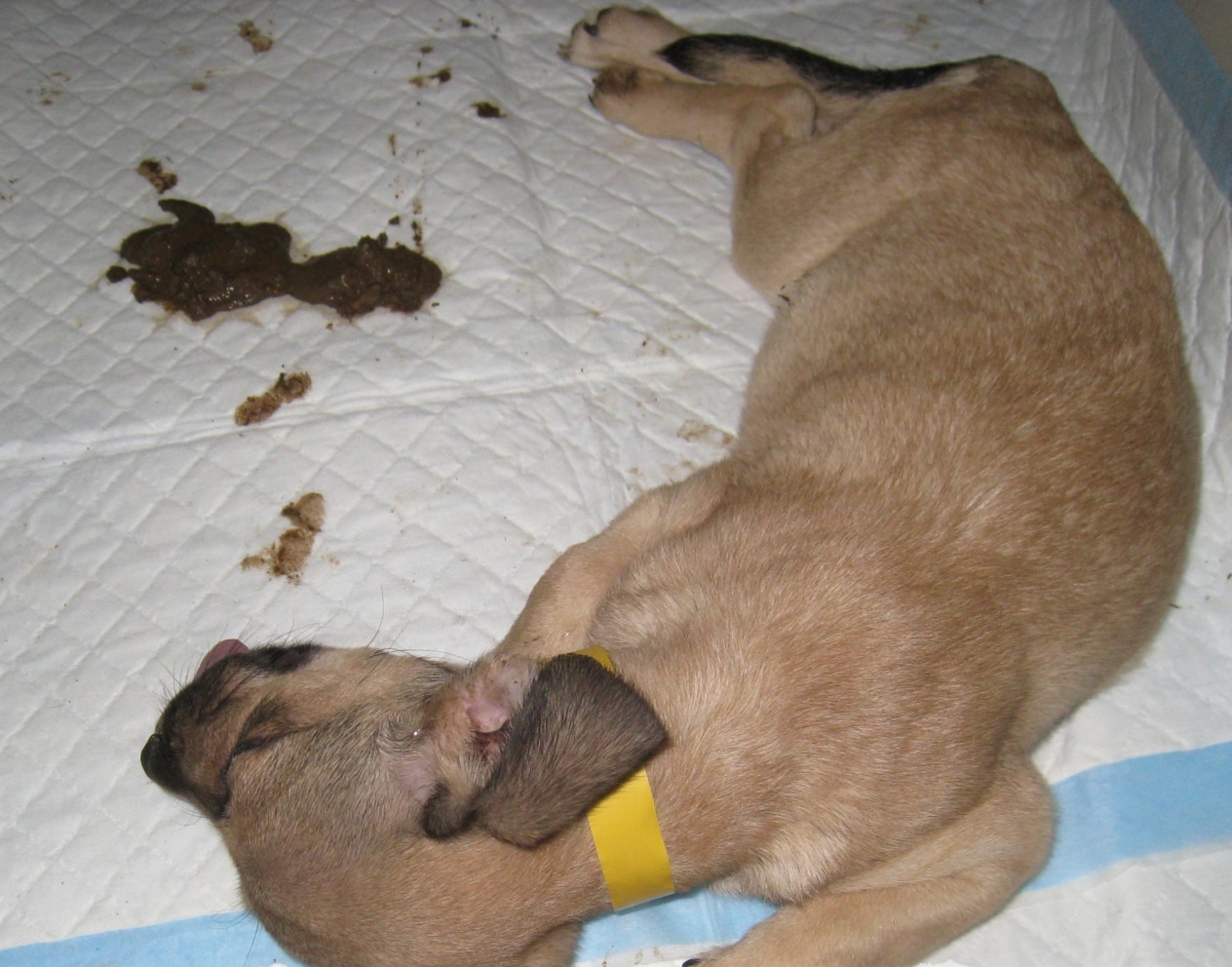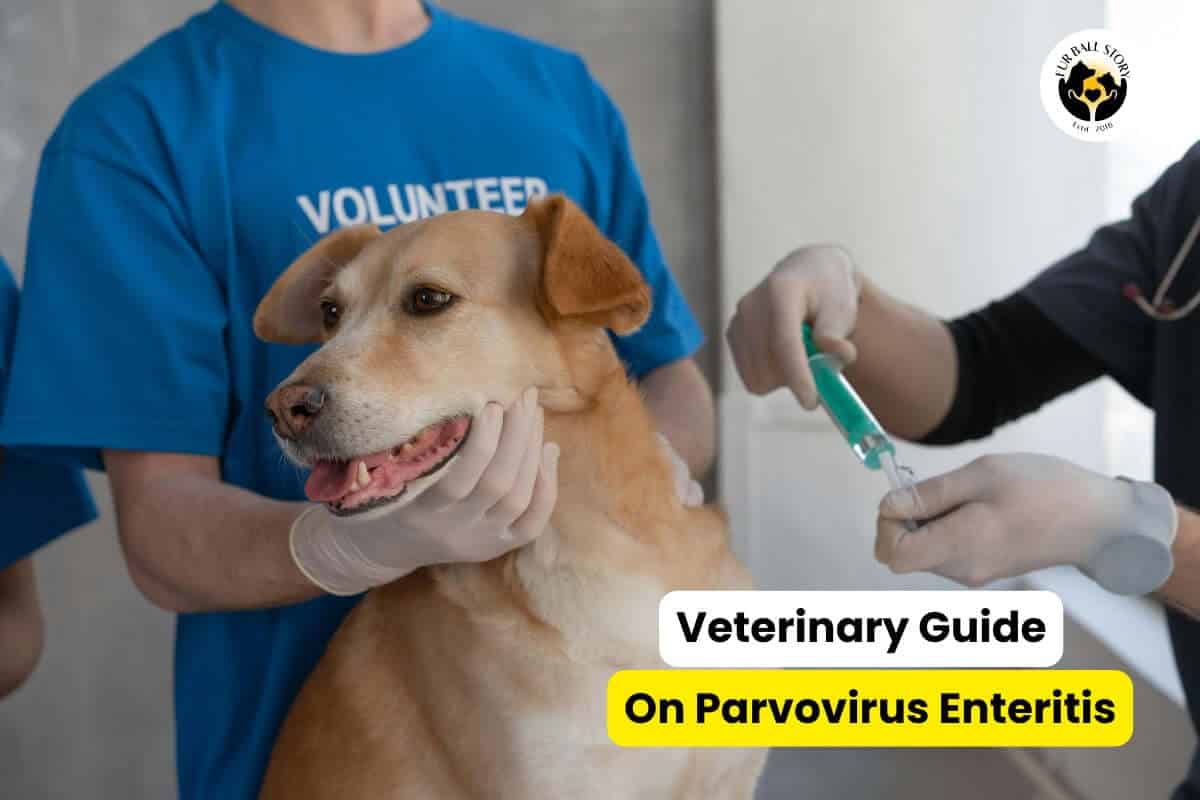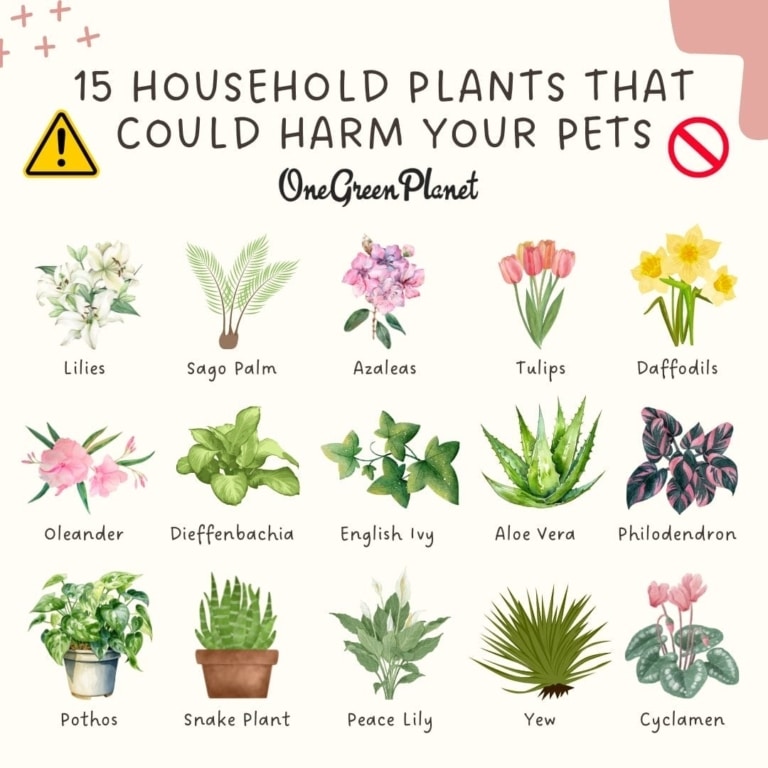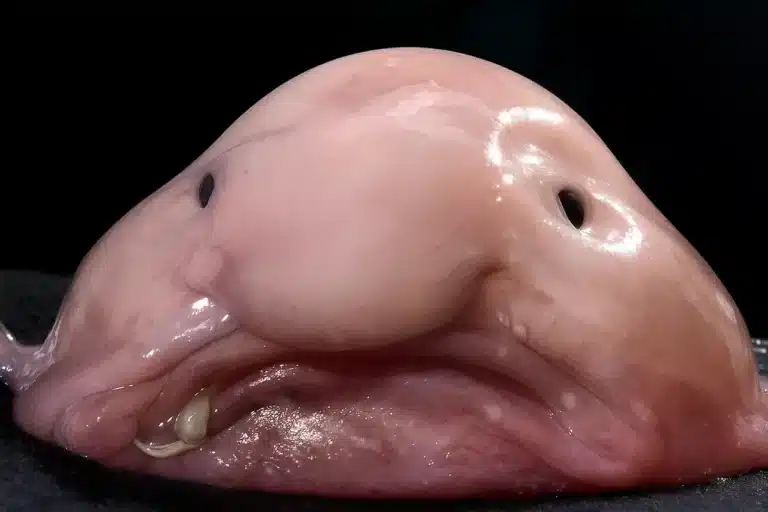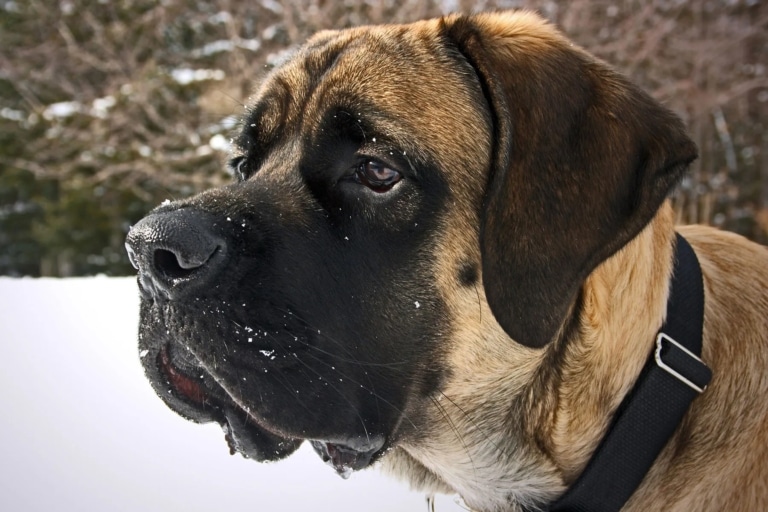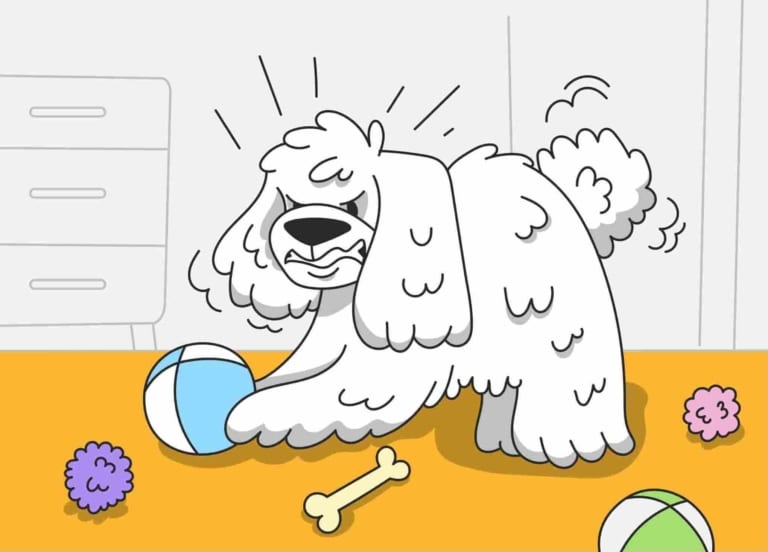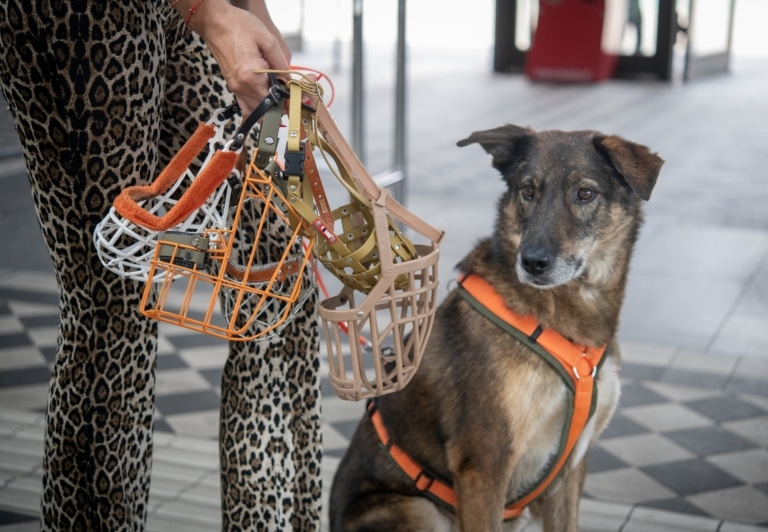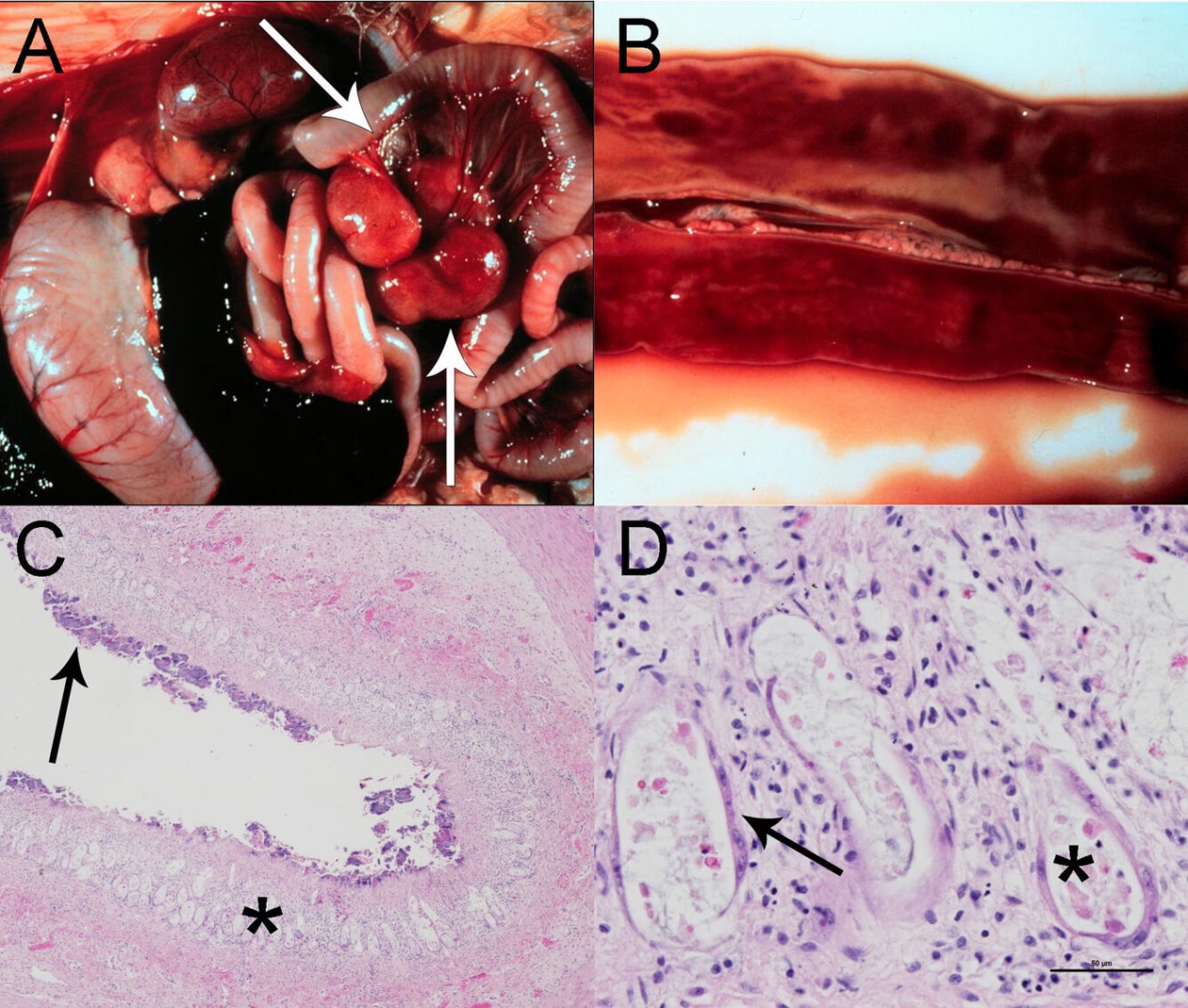
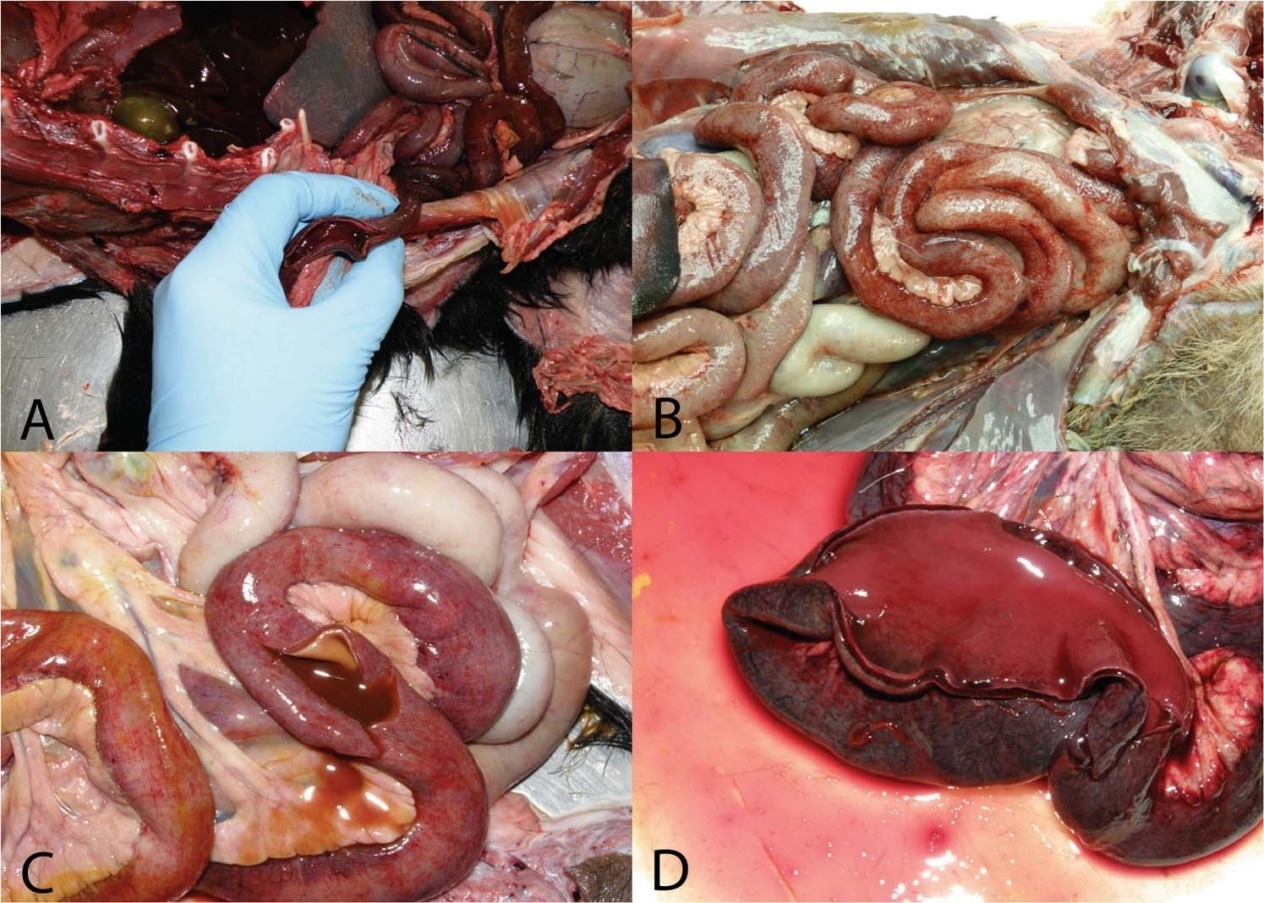
Parvovirus enteritis is one of the most dangerous viral diseases in dogs, especially puppies. It is an aggressive infectious lesion of the digestive system, which without treatment leads to rapid dehydration, intoxication and often death. To keep your pet safe, it’s important to know exactly how infection occurs, how the disease manifests, how dangerous it is for young animals and how to treat it.
How a dog gets parvovirus
Parvovirus is very resistant in the external environment. It persists on the ground, in feces, on shoes, paws, grooming items – even when exposed to high temperatures or disinfectants. The most common route of infection is fecal-oral. A dog can pick up the virus simply by sniffing or licking a contaminated surface. Infection is instantaneous: the virus enters the body, attacks intestinal and immune system cells, causing inflammation, tissue necrosis, diarrhea with blood, vomiting, and general intoxication. It’s important to realize that even a completely indoor dog that never goes outside can become infected – through owners who bring the virus on their clothes, hands or shoes.
Parvovirus in puppies: the most vulnerable group
Puppies between 6 weeks and 6 months of age are the most vulnerable. They have not yet developed a full immune response and their intestines are extremely sensitive. If a puppy is unvaccinated or has not had a full course of vaccinations, the virus develops very rapidly. The worst part is that sometimes the owner notices the symptoms too late. In the first 12-24 hours after infection, the puppy may look just a little lethargic, but within 24 hours vomiting, diarrhea (often with blood) and complete refusal of food and water develop. Without immediate veterinary care, the mortality rate for unvaccinated puppies is as high as 90%. And that’s why the first vaccination is not “just in case” but a real life saver.
Symptoms of parvovirus in dogs
Classic symptoms include severe apathy, a sharp decrease in appetite or complete refusal to eat, frequent vomiting, liquid diarrhea with an admixture of blood, a sharp smell of feces, increased temperature or, conversely, hypothermia, as well as dehydration. In severe cases, the dog does not respond to stimuli, lies without strength, the gums become pale or bluish. Symptomatology may vary slightly depending on the breed, age and general state of the immune system. But the main thing is that parvovirus does not “wait”. If you notice at least a few of these symptoms, especially in a young animal – do not delay. Contacting a veterinarian in the first hours after signs appear can be critical to saving a life.
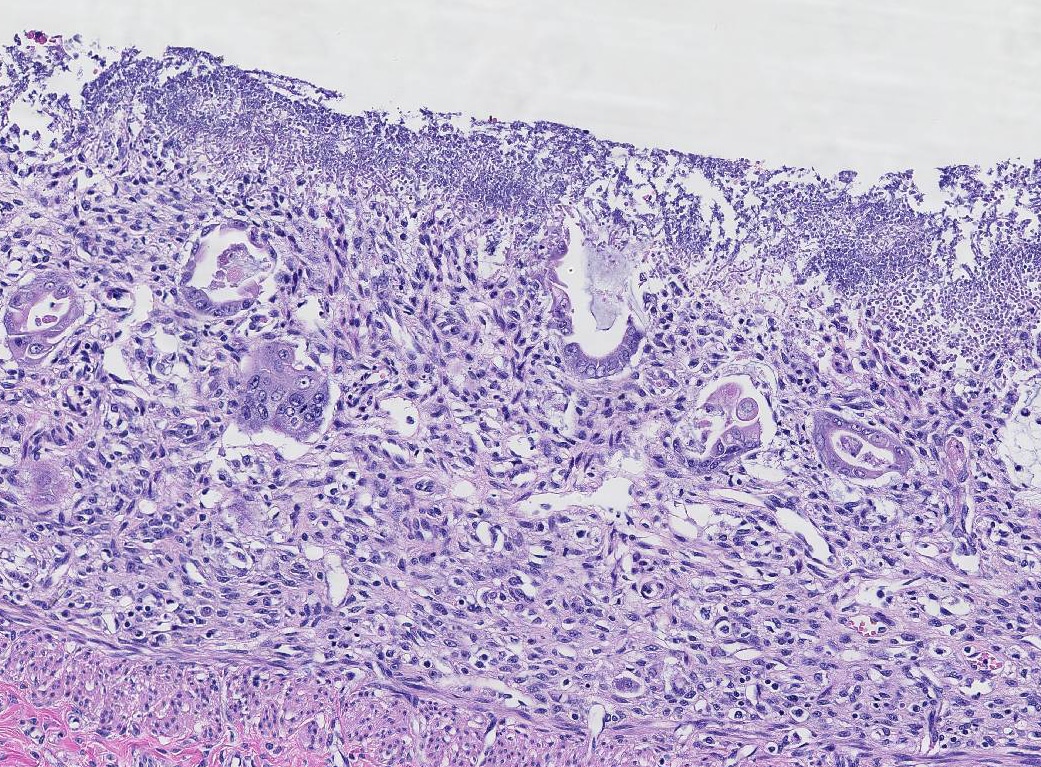
Treating parvovirus: alarming intensive care treatment
Unfortunately, there are no medications that destroy the parvovirus itself in the body. Therapy is symptomatic and supportive. The main goal is to eliminate toxins, stop vomiting and diarrhea, prevent dehydration and support the immune system. The dog is administered intravenous fluids with electrolytes, antiemetics, antibiotics to combat secondary bacterial infections, sorbents, sometimes – plasma and immunoglobulins. Treatment takes place only in the hospital and lasts several days until complete stabilization. Even after discharge, the animal requires a special diet, rest and careful care. And most importantly: after recovery, the animal’s body remains weakened, and therefore prophylaxis is the only reliable way to avoid tragedy. Timely vaccination, quarantine in the first weeks of life and attentiveness of the owner – this is what really saves.
Conclusion
Parvovirus is not a disease that can wait until tomorrow. It is a challenge that is either intercepted in time or brings unavoidable consequences. Be alert to changes in your dog’s behavior, don’t ignore the vaccination schedule, and never delay a visit to the vet. And if you need trusted advice or accompaniment after recovery, we’re here for you. Because for us, dogs are not just clients, but part of the family we protect together with you.

